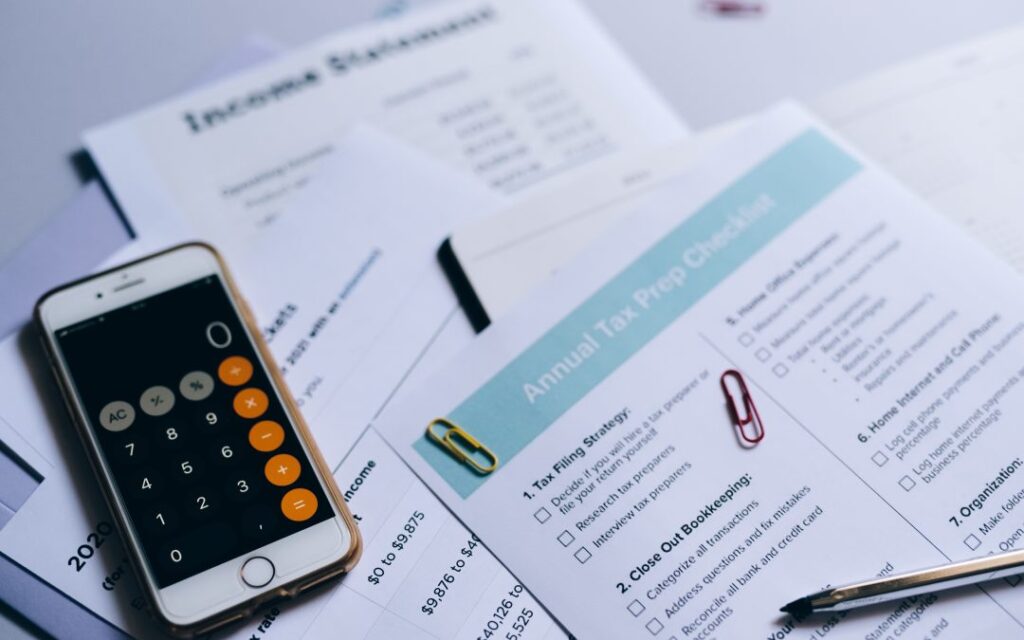Filing Your First Canadian Tax Return: A Simplified Guide for Dummies

Demystifying Taxes: Your First Canadian Tax Return Made Simple
For newcomers to Canada, the annual tax season can seem like a daunting maze of forms, deductions, and unfamiliar terminology. However, filing your income tax return is a crucial step in establishing your financial life in Canada. It's not just about paying taxes; it's also how you access various government benefits and credits. This simplified guide will walk you through the essentials of filing your first Canadian tax return, making the process less intimidating.
Why File a Tax Return in Canada?
Even if you earned no income or very little income, filing a tax return is important because it:
- Determines Eligibility for Benefits: Many federal and provincial benefits (like the Canada Child Benefit or GST/HST Credit) are based on your income tax return.
- Creates Contribution Room: For registered accounts like RRSPs.
- Carries Forward Credits: Allows you to carry forward tuition fees or other credits to future years.
- Establishes Residency: Helps the CRA confirm your residency status for tax purposes.
Key Concepts to Understand
1. Tax Year
The Canadian tax year is the calendar year, from January 1 to December 31.
2. Tax Filing Deadline
For most individuals, the deadline to file your income tax return is April 30 of the following year. If you are self-employed, the deadline to file is June 15, but any taxes owing are still due by April 30.
3. Resident vs. Non-Resident for Tax Purposes
Your tax obligations depend on your residency status. Generally, if you establish significant residential ties in Canada (e.g., a home, spouse, dependents), you are considered a resident for tax purposes and must report your worldwide income.
4. Social Insurance Number (SIN)
You need a SIN to file your tax return. If you don't have one, you may need an Individual Tax Number (ITN).
Documents You'll Need to File Your Tax Return
Gathering these documents before you start will make the process much smoother:
- T4 Slips: From your employer(s), showing your employment income and deductions.
- T4A Slips: For scholarships, pensions, or other income.
- T4A(OAS) / T4A(P) Slips: For Old Age Security or Canada Pension Plan benefits.
- T2202 Slips: For tuition and enrollment fees from educational institutions.
- Medical Expense Receipts: For eligible medical expenses not covered by insurance.
- Child Care Expense Receipts: For eligible childcare expenses.
- Rent Receipts or Property Tax Statements: For provincial tax credits (e.g., Ontario Trillium Benefit).
- Donation Receipts: For charitable donations.
- RRSP Contribution Slips: For any contributions made to your RRSP.
- Notice of Assessment (NOA) from previous year: If you filed before.
How to File Your Tax Return
The CRA offers several ways to file your taxes:
1. NETFILE Certified Software (Recommended for Most)
This is the most common and easiest method for most individuals. You use tax software (many are free or low-cost) that guides you through the process and then electronically submits your return to the CRA.
- Examples: TurboTax, SimpleTax (Wealthsimple Tax), H&R Block Tax Software.
- Pros: User-friendly, often free for simple returns, quick refunds (if applicable).
2. Tax Preparer
If your tax situation is complex (e.g., self-employment, rental properties, investments), you might consider hiring a professional tax preparer or an accountant.
3. Community Volunteer Income Tax Program (CVITP)
If you have a modest income and a simple tax situation, volunteers may be able to complete your tax return for free through this CRA program.
4. By Mail
You can print and mail your completed tax return to the CRA. This method is slower for processing and refunds.
After You File: Notice of Assessment (NOA)
After the CRA processes your return, you will receive a Notice of Assessment (NOA). This document summarizes your tax return, shows your refund or balance owing, and provides important information like your RRSP deduction limit for the next year.
Conclusion: Taking Control of Your Canadian Finances
Filing your first Canadian tax return is a significant step towards financial independence in your new country. While it may seem daunting at first, by understanding the basic concepts, gathering your documents, and choosing the right filing method, you can navigate the process with confidence. Remember, filing your taxes is not just an obligation; it's your gateway to accessing the benefits and credits designed to support your life in Canada.

Related content